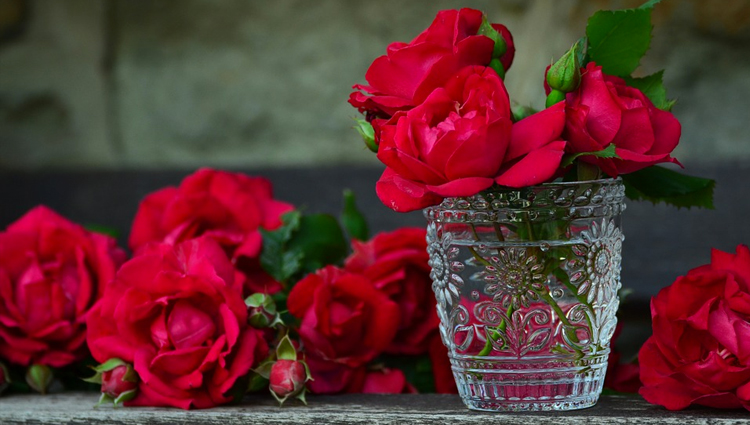Roses Are Red, But Not 'Green'

(ISNS) -- For many Americans, giving your significant other a dozen sweet-smelling roses is the ultimate symbol of Valentine's Day affection, but it might not be the best expression of love for your planet.
Behind the rose's showy beauty often lurks an ugly environmental story that growers and activists are slowly working to change.
In the early 1990s, free trade agreements opened up U.S. markets to a wave of cheap flowers from Latin America. Low wages, lax environmental regulations, and abundant sunlight allowed growers there to quickly out-compete U.S. flower producers. The majority of flowers sold in the United States now come from Latin America. Colombia alone supplies 80 percent of cut flower imports, and sent half a billion cut flowers last year just for Valentine's Day.
Although environmental and worker protections in Latin America have drastically improved since the industry first sprang up, the non-profit Rainforest Alliance -- an independent group based in New York that certifies products as environmentally sustainable -- claims there is still much to be desired.
"There has definitely been an improvement, but I wouldn't say it's improvement across the board," said Alex Morgan, manager of sustainable agriculture for Rainforest Alliance. Among many issues, the group emphasizes poor oversight of pesticides as a major problem. Despite many Latin American countries enacting pesticide regulations similar to those in the United States, "there's no mechanism for enforcement," Morgan said.
The typical rose starts its journey at a greenhouse in rural Colombia and must make its way some 1,500 miles to Miami International Airport, where as many as 35 flower-filled planes will land every day in the run-up to February 14. Refrigerated trucks deliver the flowers to the nearly 50,000 florists and grocery stores throughout the United States. But that's only if the plant survives into adulthood.
Rose bushes are notoriously delicate plants, prone to both disease and infestation by damaging insects and fungi. Rose growers typically treat the bushes with large and frequent doses of pesticides, then chemically treat the cut flowers before transport. This heavy pesticide use has made the flowers infamous among environmental activists for pollution that can find its way into streams and rivers.
Pesticide use also concerns human rights activists. Many greenhouses in Colombia were once highly dangerous places to work, where poorly paid employees administered huge amounts of pesticides with little to no protection.
Terril Nell, a professor of environmental horticulture at the University of Florida in Gainesville, said that conditions have improved dramatically since the 1990s. Twenty years ago people in the industry thought the only way to grow a flower was to spray heavily, but improvements in floriculture are providing growers with alternatives that can save them money. Safety equipment is also routinely required now.
"I don't care where they are," said Nell, "the grower has a cost issue with pesticides. They're using no greater quantities than they have to." He added that "the farm owners also believe that happy and healthy employees make productive employees."
In contrast, the Rainforest Alliance believes that many growers continue to use pesticides that are now banned in Colombia, Ecuador and elsewhere. The group is working with growers to help them reduce their toll on the environment and improve conditions for workers.
To meet the Rainforest Alliance's certification standards, a grower must pass an annual audit covering problem areas that range from water consumption to the use of banned pesticides to child labor.
Morgan said that retailers are increasingly aware of these issues too. In the age of social media, "where one Facebook post or one tweet can ignite people," not knowing where your company's products come from is a huge risk.
"If people find out their flowers are coming from a bad source it can be harmful to business. The closer you can get to your supply chain, the more steady it will be in the long term," Morgan said.
